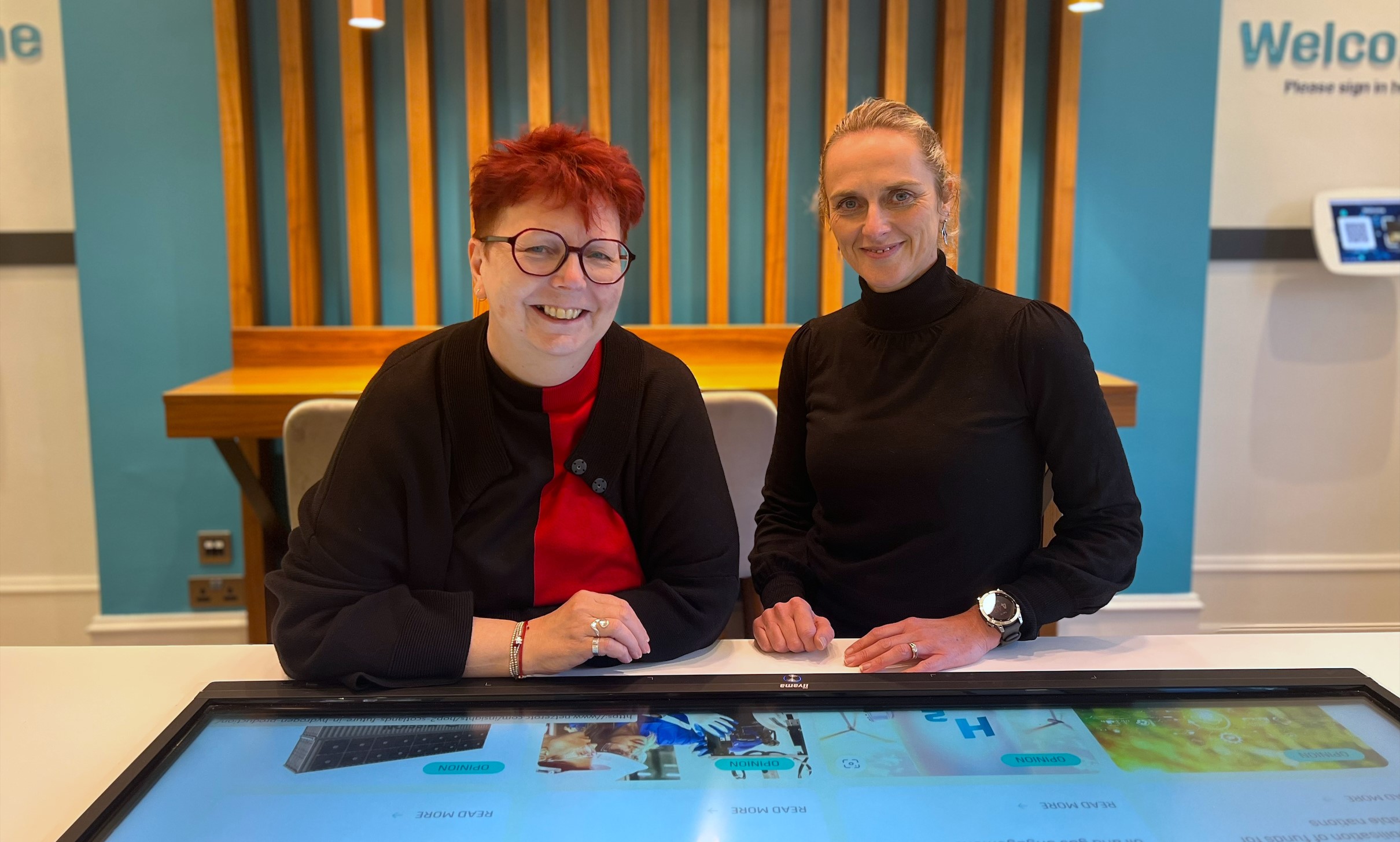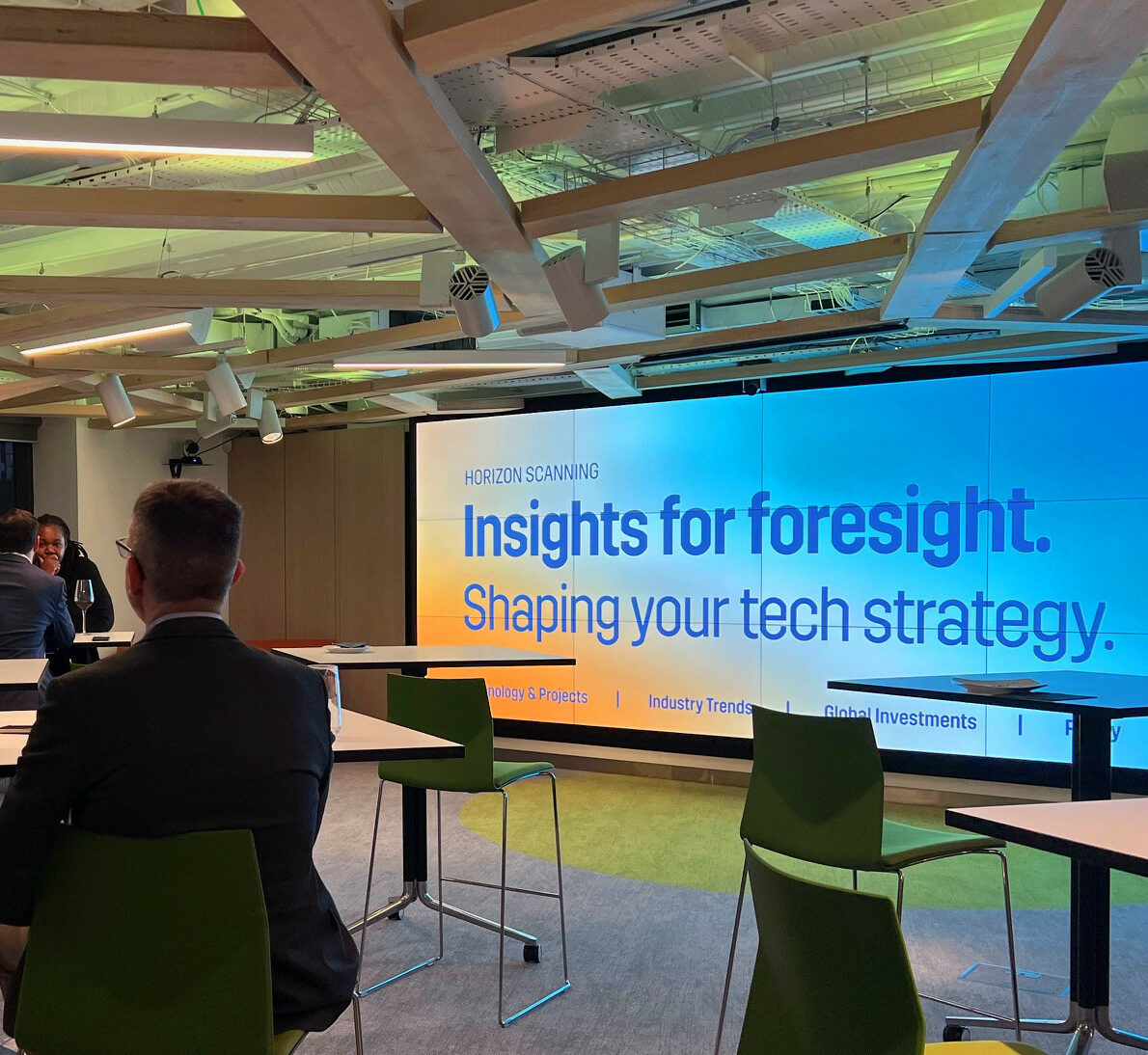NEWS & INSIGHTS | article
Navigate beyond insights to decipher your diversification destiny

Crafting a strategy without insights and foresight is like driving without a map or GPS to somewhere you’ve never been; you’re essentially traveling blind, vulnerable to unexpected obstacles or detours. Just as a GPS provides real-time updates and the best routes, incorporating insights equips you with clarity and foresight to anticipate what’s on the horizon, commit to the right project or technology, make the right investment decisions, and reach your decarbonisation or diversification destination safely, even amidst uncertainty.
Businesses that incorporate comprehensive insights into decision-making processes often experience significant revenue growth compared to their competitors. Studies suggest that these companies are more likely to identify new market opportunities, optimise pricing strategies, and enhance customer satisfaction, leading to revenue increases ranging from 5% to 20% or more.
A strategic approach anchored in actionable insights
Oil and gas companies stand at a crossroads, facing the challenge of meeting energy demands while mitigating carbon emissions and pursuing alternative energy sources. The pathway to sustainable transformation lies in harnessing the potential of insightful decision-making in the development and adoption of new energy technologies and technologies to decarbonise existing assets.
AT NZTC, we’re seeing organisations looking to the future but they’re not clear on which route to take, or whether to commit to projects or invest in solutions. The litany of emerging technologies can be overwhelming, from technologies to reduce methane emissions, to alternative fuels for power generation, to technologies that deliver CCS and hydrogen production.
The journey towards decarbonising operations and technology integration demands careful consideration of risks, opportunities, and market dynamics.
Effective decarbonisation strategies hinge on marrying ambition with pragmatism. And the focus on new energies such as hydrogen, CCS, and renewable energy sources requires scanning the horizon to shape decisions. By leveraging comprehensive data analytics, information sources, market trends, and environmental assessments, companies can navigate complexities with clarity.
Not all insight is equal
Keeping pace with rapidly developing technologies is key to avoiding outdated solutions and capitalising on emerging opportunities. However, companies are often faced with inadequate information due to a lack of the necessary tools, resources, or expertise to analyse findings effectively, leading to incomplete or inaccurate insights.
Whilst we’ve established that insights are valuable, their impact ultimately depends on effective implementation and achieving tangible results. To determine the parameters of insight gathering, the process must start with identifying the objective and goals, whether for example that’s moving into a new market or investing in a particular technology.
For the best insights, companies must look beyond just data analytics. A comprehensive scan of the horizon should assess the current landscape, including market trends, competitor activities, regulatory changes, and emerging technologies.
Another crucial element of good insight analysis is interpreting the information against the agreed goals and developing multiple scenarios or alternative futures based on different assumptions and projections. This enables organisations to anticipate and prepare for various potential outcomes, reducing the impact of uncertainty and increasing resilience in the face of change.
For example, we were recently able to provide comprehensive insights to a client looking to understand the electrolyser market, specifically focusing on cost reduction opportunities and emerging solutions. From detailed insights we could establish that by 2030 the UK is targeting at least half of its 10 GW low carbon production capacity target to come from electrolytic hydrogen, by 2028 mature alkaline or PEM electrolyser technologies will reach cost parity with grey hydrogen production, and by 2032 we identified that electrolyser technologies not currently market ready – namely SOEC and AEM – reach GW-scale. The in-depth analysis considered what was probable, plausible, possible, and highly unlikely by certain dates. It also compared the TRL to the emissions reduction potential, identifying the major opportunities and what to get after.
As already touched on, the technology landscape is continuously evolving. This emphasises the need for regularity and the establishment of mechanisms for ongoing monitoring and evaluation to track progress against strategic objectives.
The journey towards decarbonisation is multifaceted. Whilst none of us have a crystal ball, the combination of insights, foresight techniques, and strategic thinking can help organisations gain a competitive edge and better position them to capitalise on emerging opportunities.
NZTC’s Horizon Scanning service provides regular bespoke insights on emerging technologies, industry trends, global projects and policy. Short and long-term profile scanning enables organisations to stay ahead, future-proof their business and support their diversification strategy by providing a clear understanding of the technology and global landscape.
Subscribe for the latest updates

